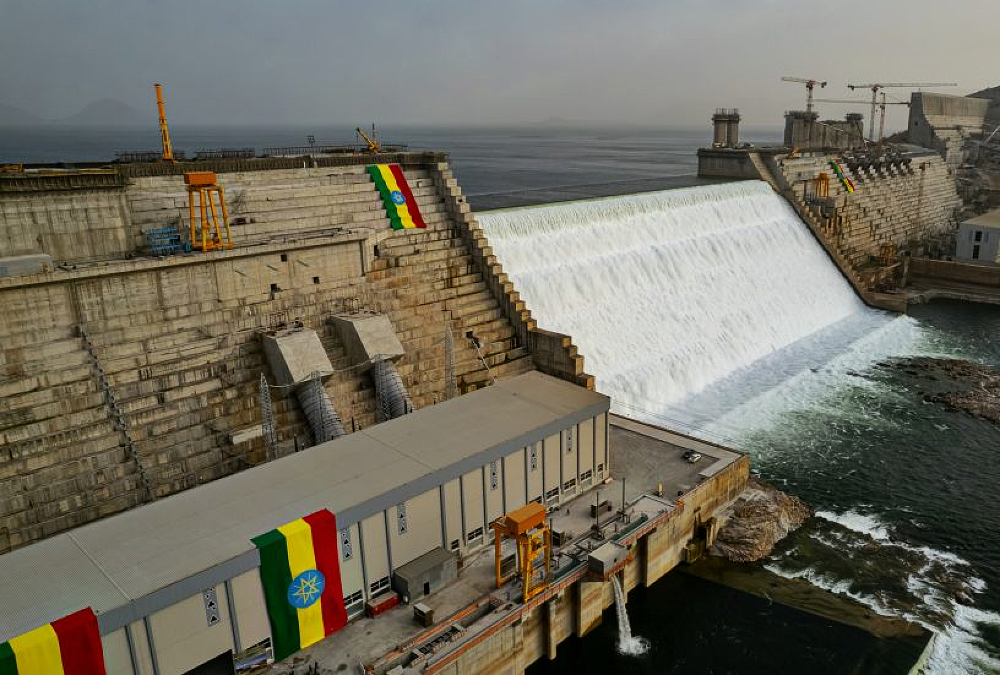Ethiopia has entered into history books after opening Africa’s largest hydroelectric dam. The dam which was constructed at a cost of USD5 billion is known as the Grand Ethiopian Renaissance Dam (Gerd).
The wall of the dam stretches 1.78 kilometres which is equivalent to 1.1 miles across a valley. It then stands 145 metres high which is equivalent to about 475 feet high. This wall was constructed, reportedly, with some 11 million cubic metres of concrete, creating behind it a massive reservoir which has been dubbed as Lake Nigat. ‘Nigat’ is an Amharic term which means ‘Dawn’.
The dam is expected to generate 5,100 megawatts (5.1 gigawatts) at full capacity. Construction works started in 2011. Ethiopia first started filling up the dam with water in 2020. By July 2020’s rainy season, the dam contained 4.9 billion cubic metres (bcm) of the Blue Nile’s water. The water at these measures were at an altitude of 540 metres.
The dam was then filled in the subsequent years of 2021, 2022, and 2023. The fifth refilling was done and completed in October 2024, with water levels rising to an altitude of around 640 metres (2,100 feet) above sea level. The dam is said to have capacity to hold up to 74 billion cubic metres (bcm). The dam’s reservoir is so huge that it has already flooded an area that is larger than the Greater London.
READ MORE: Ethiopian Airlines signs deal for Sh. 780 billion brand new largest airport in Africa
The Blue Nile, one of the Nile’s two main tributaries, first flows north into Sudan and then to Egypt, two of the countries that have expressed concerns over the mega dam’s impact on the amount of water they receive. The Gerd dam is located about 14km (9 miles) east of the Sudan border.
When opening the mega dam, Ethiopia’s Prime Minister Abiy Ahmed hailed it as “the greatest achievement in the history of the Black race” in an event that was attended by Kenya’s President William Ruto.
“To our [Sudanese and Egyptian] brothers; Ethiopia built the dam to prosper, to electrify the entire region and to change the history of black people,” he said.
Did you love the story? You can also share YOUR story and get it published on Bizna Click here to get started.




